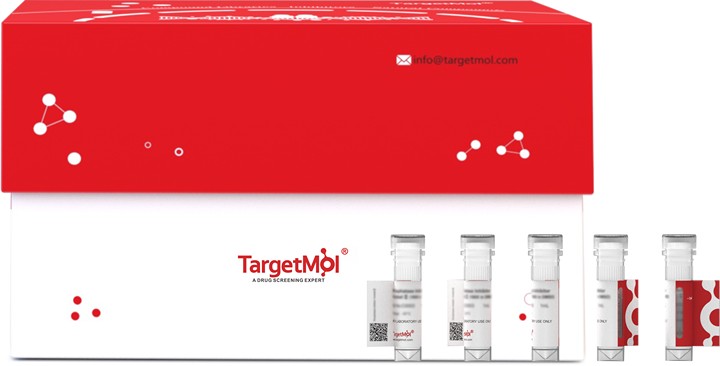Shopping Cart
- Remove All
 Your shopping cart is currently empty
Your shopping cart is currently empty

RAGE Protein, Human, Recombinant (Avi & hFc), Biotinylated is expressed in HEK293 Cells. The accession number is Q15109.

| Pack Size | Price | Availability | Quantity |
|---|---|---|---|
| 20 μg | $588 | Backorder | |
| 100 μg | $1,380 | Backorder |
| Biological Activity | 1. Immobilized S100A1 Protein, Human, Recombinant (Cat#TMPY-00997) at 2 μg/mL (100 μL/well) can bind RAGE Protein, Human, Recombinant (Avi & hFc), Biotinylated (Cat#TMPY-07069), the EC50 is 280-840 ng/mL. 2. Loaded RAGE Protein, Human, Recombinant (Avi & hFc), Biotinylated (Cat#TMPY-07069) on SA Biosensor, can bind HMGB1 Protein, Human, Recombinant (hFc) (Cat#TMPY-00822) with an affinity constant of 0.307 μM as determined in BLI assay (Sartorius Octet RED384) (Routinely tested). |
| Description | RAGE Protein, Human, Recombinant (Avi & hFc), Biotinylated is expressed in HEK293 Cells. The accession number is Q15109. |
| Species | Human |
| Expression System | HEK293 Cells |
| Tag | C-hFc-Avi |
| Accession Number | Q15109 |
| Synonyms | sRAGE,SCARJ1,RAGE |
| Construction | A DNA sequence encoding the Human AGER (NP_001127)(Met1-Ala344) was expressed with a c-terminal AVI tagged Fc region of human IgG1 at the C-terminus (Fc-AVI). The expressed protein was biotinylated in vivo by the Biotin-Protein ligase (BirA enzyme) which is co-expressed. |
| Protein Purity | ≥ 95% as determined by SDS-PAGE. ≥ 95% as determined by SEC-HPLC. |
| Molecular Weight | 62.71 kDa (predicted); 84.6 kDa (reducing contition) |
| Endotoxin | < 1.0 EU per μg protein as determined by the LAL method. |
| Formulation | Lyophilized from sterile PBS, pH 7.4. Please contact us for any concerns or special requirements. Normally 5 % - 8 % trehalose, mannitol and 0.01% Tween 80 are added as protectants before lyophilization. Please refer to the specific buffer information in the hardcopy of datasheet or the lot-specific COA. |
| Reconstitution | Please refer to the lot-specific COA. |
| Stability & Storage | It is recommended to store recombinant proteins at -20°C to -80°C for future use. Lyophilized powders can be stably stored for over 12 months, while liquid products can be stored for 6-12 months at -80°C. For reconstituted protein solutions, the solution can be stored at -20°C to -80°C for at least 3 months. Please avoid multiple freeze-thaw cycles and store products in aliquots. |
| Shipping | In general, Lyophilized powders are shipping with blue ice. |
| Research Background | Receptor for Advanced Glycosylation End Products (RAGE, or AGER) is a member of the immunoglobulin super-family transmembrane proteins, as a signal transduction receptor which binds advanced glycation endproducts, certain members of the S100/calgranulin family of proteins, high mobility group box 1 (HMGB1), advanced oxidation protein products, and amyloid (beta-sheet fibrils). Initial studies investigating the role of RAGE in renal dysfunction focused on diabetes, neurodegenerative disorders, and inflammatory responses. However, RAGE also has roles in the pathogenesis of renal disorders that are not associated with diabetes, such as obesity-related glomerulopathy, doxorubicin-induced nephropathy, hypertensive nephropathy, lupus nephritis, renal amyloidosis, and ischemic renal injuries. RAGE represents an important factor in innate immunity against pathogens, but it also interacts with endogenous ligands, resulting in chronic inflammation. RAGE signaling has been implicated in multiple human illnesses, including atherosclerosis, arthritis, Alzheimer's disease, atherosclerosis and aging associated diseases. |

Copyright © 2015-2025 TargetMol Chemicals Inc. All Rights Reserved.